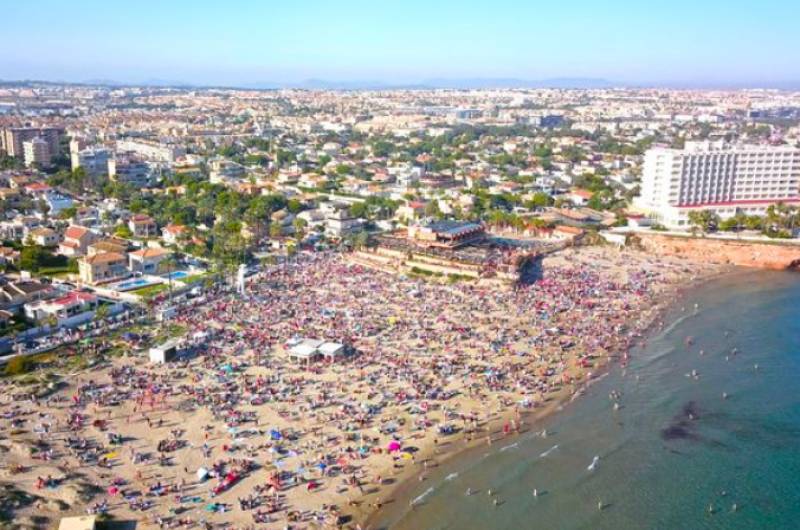

Guidelines for submitting articles to Hacienda Riquelme Golf Resort Today
Hello, and thank you for choosing Hacienda Riquelme Golf Resort.Today to publicise your organisation’s info or event.
Hacienda Riquelme Golf Resort Today is a website set up by Murcia Today specifically for residents of the urbanisation in Southwest Murcia, providing news and information on what’s happening in the local area, which is the largest English-speaking expat area in the Region of Murcia.
When submitting text to be included on Hacienda Riquelme Golf Resort Today, please abide by the following guidelines so we can upload your article as swiftly as possible:
Send an email to editor@spaintodayonline.com or contact@murciatoday.com
Attach the information in a Word Document or Google Doc
Include all relevant points, including:
Who is the organisation running the event?
Where is it happening?
When?
How much does it cost?
Is it necessary to book beforehand, or can people just show up on the day?
…but try not to exceed 300 words
Also attach a photo to illustrate your article, no more than 100kb

Eating out Pilar de la Horadada
There are plenty of restaurants and cafés in both Pilar and Torre de la Horadada
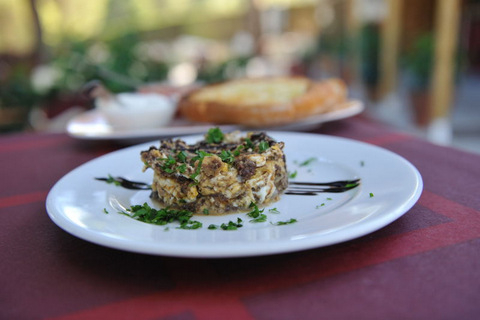 The local gastronomy of Pilar de la Horadada is heavily influenced by the warm climate and the fresh crops available from the nearby countryside. There are good supplies of fresh fruit and vegetables, and lemons and oranges abound, and alongside all of this of course there is an ample supply of fresh fish and seafood.
The local gastronomy of Pilar de la Horadada is heavily influenced by the warm climate and the fresh crops available from the nearby countryside. There are good supplies of fresh fruit and vegetables, and lemons and oranges abound, and alongside all of this of course there is an ample supply of fresh fish and seafood.
Food plays an important role in the culture of the town, with typical winter dishes including potato stew, meatballs and garlic rabbit. There is also a tradition for rice dishes, adapting the rice to the variety of ingredients from the market gardens surrounding the town, such as artichokes, broad beans and spring onions.
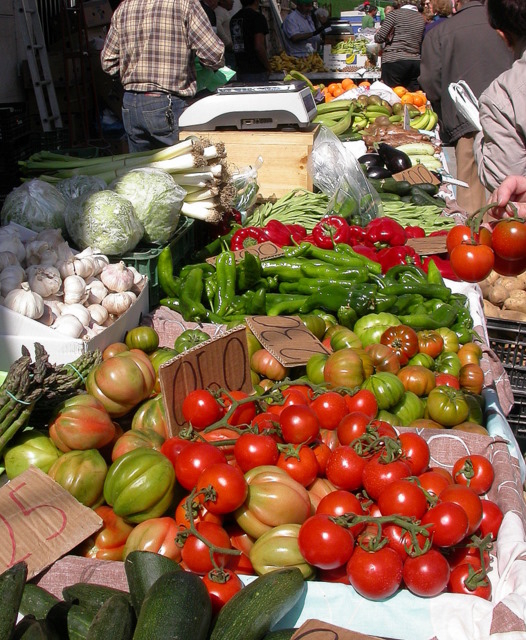 A good salad is not hard to concoct from local ingredients such as lettuce, tomatoes, celery, peppers and courgettes, and with such high quality ingredients it is not surprising that the Mediterranean cuisine has become an attraction for visitors. The healthy dishes are dressed with olive oil and marine salt.
A good salad is not hard to concoct from local ingredients such as lettuce, tomatoes, celery, peppers and courgettes, and with such high quality ingredients it is not surprising that the Mediterranean cuisine has become an attraction for visitors. The healthy dishes are dressed with olive oil and marine salt.
“Revueltos” or scrambled egg dishes are also very popular, but combine a surprising range of ingredients, so revueltos con morcilla, scrambed eggs with black pudding or revueltos con asparagus, scrambed eggs with local asparagus are commonly offered as starters.
For dessert the best option is possibly the sweet and juicy local melon or water-melon which is cultivated extensively in the campo nearby, although every Spanish eatery will include sweet Spanish arroz con leche, rice pudding, flan, an egg custard dish with bread, natillas, custard with a biscuit base and tarta de queso, cheesecake, on their menus.
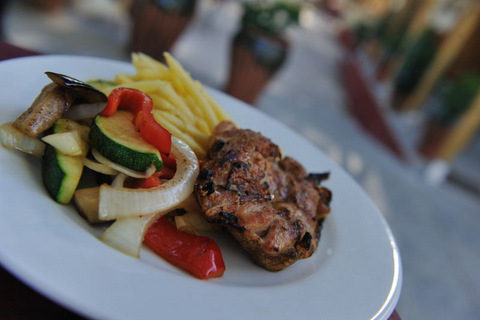 The best known local sweet or pastry is “milhojas” which is a millefeuille puff pastry , sold throughout the year in local pasteleros. Another sweet pastry consumed at Easter are “Monas de Pascua” which are a sweet bready biscuit with boiled eggs , slightly flavoured with aniseed.
The best known local sweet or pastry is “milhojas” which is a millefeuille puff pastry , sold throughout the year in local pasteleros. Another sweet pastry consumed at Easter are “Monas de Pascua” which are a sweet bready biscuit with boiled eggs , slightly flavoured with aniseed.
Menu del Día
Visitors to Spain may not be familiar with the tradition of the Menu del Día, but this offers superb value at lunchtime. Originally conceived as a way of ensuring every working man had access to a satisfying lunch, and indeed, over 70% of working Spanish will eat out at lunchtime eating a Menu del Dia, these offer superb value.
A salad is usually followed by a starter which is often embutidos, meats and chees, arroz, a portion of filling rice with chicken or other meats, spaghetti, soup or guiso , a local stew. This is followed by a main dish of meat or fish, usually served with chips or potatoes and then a dessert. Often a drink is included, along with bread, the whole thing averaging anywhere between 8 to 12 euros, depending on the type of establishment.
Many restaurants also offer gastronomic taster menus or set menus at lunchtime which incorporate a more adventurous menu or local specialities, which range from 15 to 30 euros on average. It’s always worth asking if the restaurant offers these type of menus as well as A la carte.
This is why Tapas is so popular in Spain, as having eaten a big lunch, snacks are eaten in the evenings or as a sociable activity after work. Often a mixture of tapas will substitute a more substantial meal in the evening, 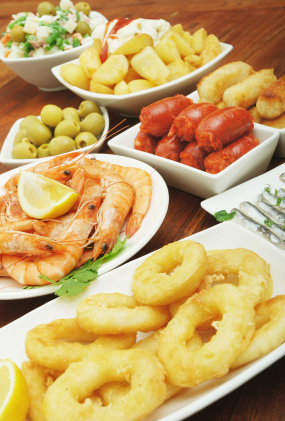 and it really is worth exploring tapas, as there are such a vast selection of flavours and dishes on offer. Tapas routes are run regularly, each bar participating preparing its own special tapas at a fixed price, all of which are combined onto a route card so that those following the tapas route can sample the offerings in a wide range of establishments, hopefully discovering some of the bars tucked away in the back streets of a town. Great fun!
and it really is worth exploring tapas, as there are such a vast selection of flavours and dishes on offer. Tapas routes are run regularly, each bar participating preparing its own special tapas at a fixed price, all of which are combined onto a route card so that those following the tapas route can sample the offerings in a wide range of establishments, hopefully discovering some of the bars tucked away in the back streets of a town. Great fun!
Beach visitors will also discover chiringuitos or beach bars on the beaches, serving drinks and a limited range of snacks.
In Pilar there are many bars and restaurants in the main commercial areas and high streets, scattered along the seafront and in the main commercial areas such as in the main high street of Campoverde. Coffees in the plazas such as the Plaza de la Iglesia in Pilar de la Horadada itself, or Plaza de la Torre in Torre de la Horadada, just behind the tower, are always enjoyable, and visitors to the far eastern end of the municipality and the beaches of Jesuitas, Playa del Gato and Cala Rincon, will enjoy the Pueblo Latino which is busy in the summer, with plenty of eateries and bars. ( see orientation Pilar de la Horadada).


















